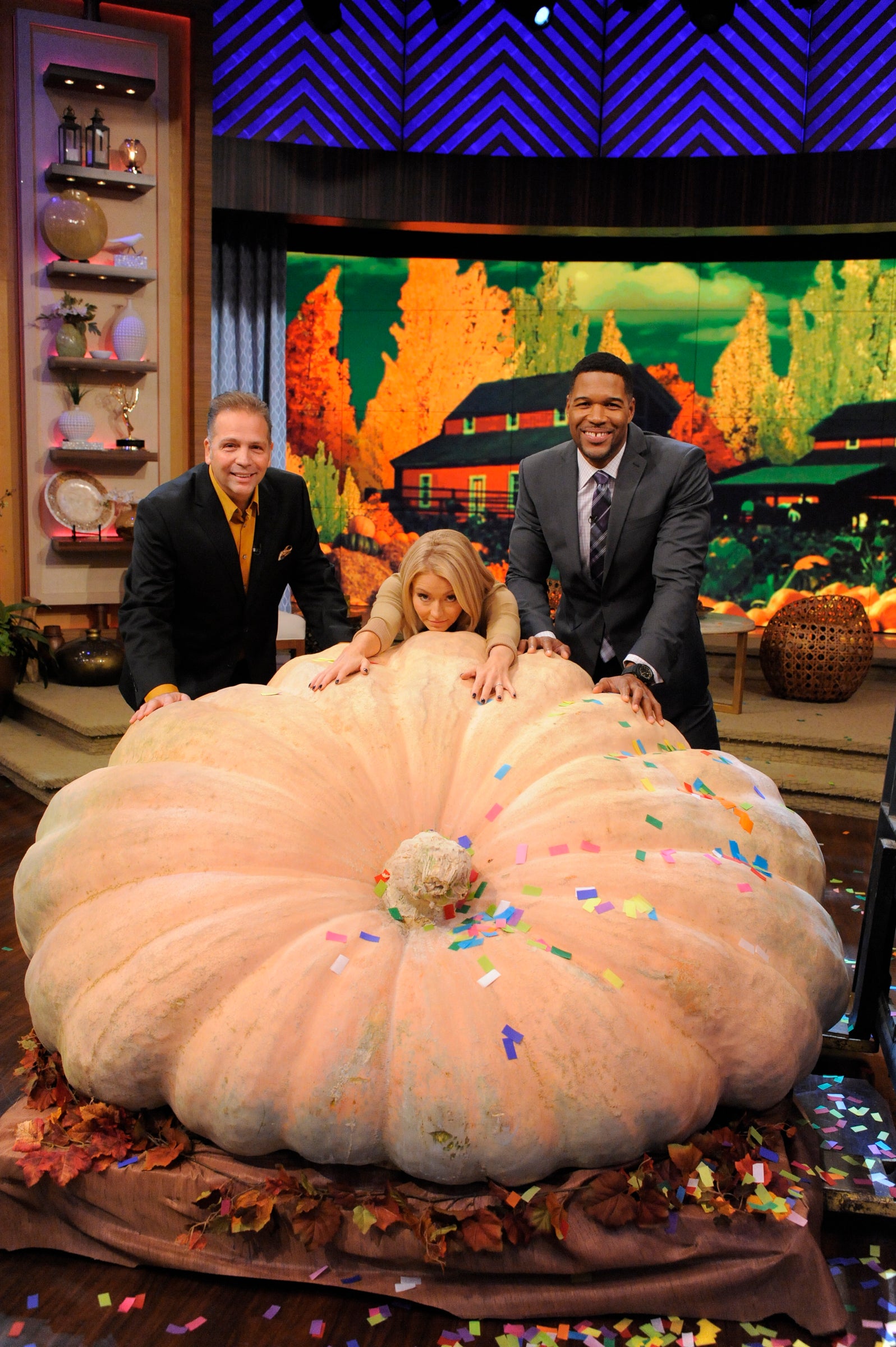Tissue testing: How to, when and why
I have been starting to get allot of emails concerning tissue testing. I went back into the “archives” and found an article I wrote in May of 2006 about how we needed as a “community” to start tissue testing, so labs would have enough data on us to determine what nutrients we would need during fruit load stress. I have taken bits and pieces of that article and “revamped” it a bit for today’s growers.
Why should you test? Tissue sampling is an important part of a plant’s fertility program. Nutrient deficiencies in plants will result in lower weights. I have often been told, “I don’t want to spend the money to test and my plants look great”! Even if symptoms are not yet visible, you could be suffering from “hidden” hunger. For example, when a giant pumpkin starts to “ramp” up and sustain 35 plus pounds a day for 30 days or more, the fruit load stress put on your plant is enormous! If you are lacking in any one area, it could lead to the collapse of the plant and reduced yield. Different deficiencies can also show similar symptoms, so searching photos on the net or asking friends for advise, could prove to be a big mistake. Tissue testing will provide valuable information on nutrient levels and can help prevent further crop damage.
When should I tissue test? The timing of when you take tissue samples is critical because the optimum nutrient levels for each crop are established at specific growth stages. For giant pumpkins I submit my first sample prior to fruit set (Usually June 21st) I send tissue samples in every 3-weeks, with my last one being the first of September. After a few years of testing you will now have a ‘baseline” of what your plants will need at critical stages and how much nutrients you will need to apply to correct any deficiency’s.
How to sample: If all plants are growing the same and exhibit the same color, I will remove 1-petitole from each main vine. The petiole
(Leaf stalk) should be the 3rd or 4th one from the tip of the main vine. Carefully cut the petiole away from the main vine with a sharp sanitized knife. I usually submit 3-4 petioles from my patch for testing. Do not take samples from weak or diseased plants. If you have a plant that is different from the others, it would be best to test that separately.
After cutting, I trim away the leaf and thoroughly wash the petiole with cool tap water to remove any chemicals, fertilizers and soil particles. I then place them on clean paper to air-dry. Once dried carefully place petioles in a brown paper bag, with the labs submission form and send priority mail to your plant tissue-testing lab. I have been mailing samples with the USPS in a flat rate envelope. Be careful when packaging not to contaminate the petioles with any foreign material.
What lab do I use? There are many labs that offer plant analysis testing with recommendations. I have been tissue testing with Western Labs in Parma Idaho since 2005. Owner John Taberna has reviewed results from hundreds of extreme gardeners and has come up with a nutrient sufficiency table based on what he feels we need to maintain “peak” growth. He is also there to answer any questions you may have about your results. John has helped many growers over the last 9 years. Go to westernlabs.com for more information, test 11a is the one most growers are using.
Ron Wallace
Wallace Organic Wonder


